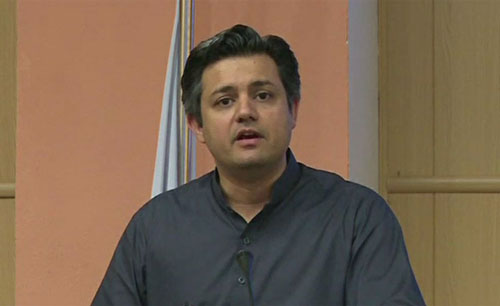Staff Reporter
Islamabad
Minister for Economic Affairs Hammad Azhar on Friday apprised the Senate that public debt stood at 77.8 per cent of gross domestic product (GDP) till Sept. 2019.
Replying to various questions during Question Hour, the minister said the government’s objective was to adjust and maintain its Public Debt to GDP ratio to sustainable levels through a combination of higher GDP growth, lower fiscal deficit and efficient/productive utilization of debt. All these measures would help in decreasing debt to GDP ratio of the country, he added.
He said the Fiscal Responsibility and Debt Limitation Act 2015 also outlined the debt reduction path aiming to bring down Public Debt to GDP to 50 percent in fifteen years by 2032/33.
He said the public debt ratio to GDP had exceeded its limitation during the last 10 years and it stood at 63.8 per cent in 2013 which had grown to 72.3 per cent till 2018.
To another question, the minister said that the Non-Performing Loans (NPLs) of banks stood at Rs 679,744 million. An amount of Rs77,361 million NPLs was recovered during 2018, he added.
He said State Bank of Pakistan (SBP) published the consolidated data of Non-performing loans in Statistical Bulletin on monthly basis and it did not maintain individual defaulters’ database.
He said banks were independent to formulate write-off, restructuring and recovery policies duly approved by their Board of Directors and initiate recovery efforts through legal recourse and other laid down procedures.
The SBP monitored the health of financial institutions through off-site surveillance and on-site monitoring of banks in line with defined regulations/policies/procedures /guidelines issued from time to time, he said.
He said the banks and financial institutions could recover loans from defaulter under financial institution (Recovery of Finances Ordinance, 2001 (FIRO), the Corporate Restructuring Companies Act 2016 and the Corporate Rehabilitation Act 2018.










